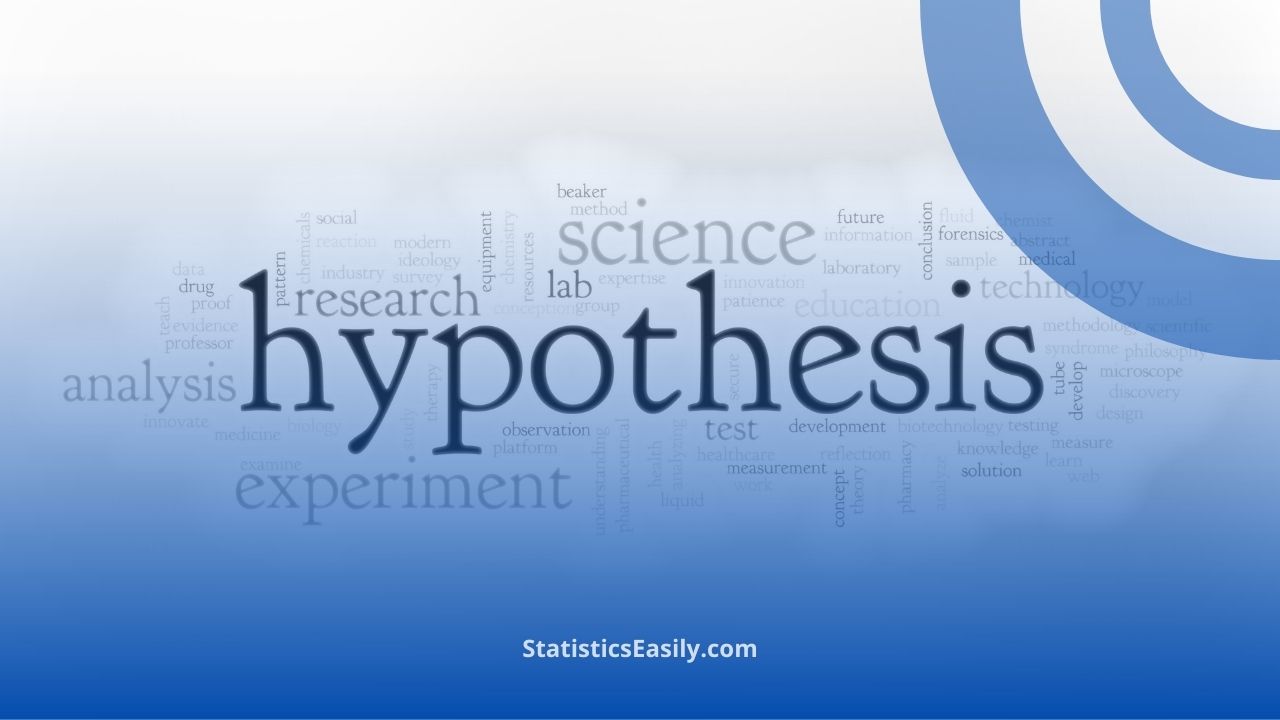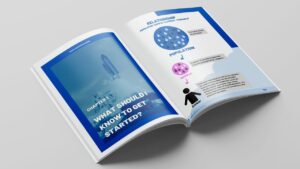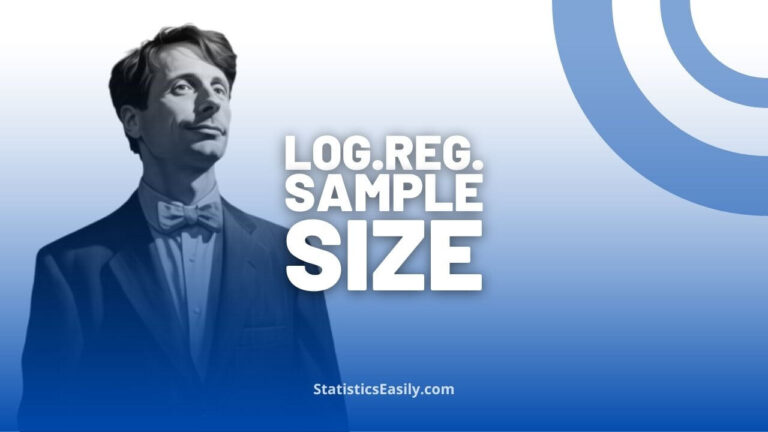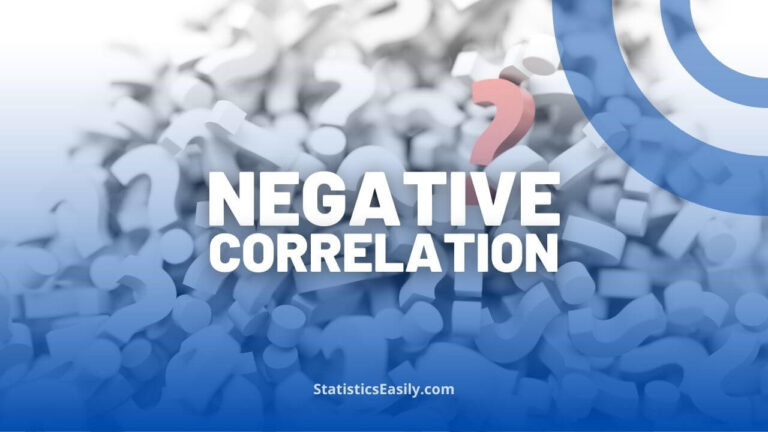A Comprehensive Guide to Hypotheses Tests in Statistics
You will learn the essentials of hypothesis tests, from fundamental concepts to practical applications in statistics.
Highlights
- Null and alternative hypotheses guide hypothesis tests.
- Significance level and p-value aid decision-making.
- Parametric tests assume specific probability distributions.
- Non-parametric tests offer flexible assumptions.
- Confidence intervals provide estimate precision.
Introduction to Hypotheses Tests
Hypothesis testing is a statistical tool used to make decisions based on data.
It involves making assumptions about a population parameter and testing its validity using a population sample.
Hypothesis tests help us draw conclusions and make informed decisions in various fields like business, research, and science.
Null and Alternative Hypotheses
The null hypothesis (H0) is an initial claim about a population parameter, typically representing no effect or no difference.
The alternative hypothesis (H1) opposes the null hypothesis, suggesting an effect or difference.
Hypothesis tests aim to determine if there is evidence for the null hypothesis rejection in favor of the alternative hypothesis.
Significance Levels and P-values
The significance level (α), often set at 0.05 or 5%, serves as a threshold for determining if we should reject the null hypothesis.
A p-value, calculated during hypothesis testing, represents the probability of observing the test statistic if the null hypothesis is true.
Suppose the p-value is less than the significance level. We reject the null hypothesis, in that case, indicating that the alternative hypothesis is more likely.
Parametric and Non-Parametric Tests
Parametric tests assume the data follows a specific probability distribution, usually the normal distribution. Examples include the Student’s t-test.
Non-parametric tests do not require such assumptions and are helpful when dealing with data that do not meet the assumptions of parametric tests. Examples include the Mann-Whitney U test.
🎓 Master Data Analysis and Skyrocket Your Career
Commonly Used Hypotheses Tests
Independent samples t-test: This analysis compares the means of two independent groups.
Paired samples t-test: Compares the means of two related groups (e.g., before and after treatment).
Chi-squared test: Determines if there is a significant association, in a contingency table, between two categorical variables.
Analysis of Variance (ANOVA): Compares the means of three or more independent groups to determine whether significant differences exist.
Pearson’s Correlation Coefficient (Pearson’s r): Quantifies the strength and direction of a linear association between two continuous variables.
Simple Linear Regression: Evaluate whether a significant linear relationship exists between a predictor variable (X) and a continuous outcome variable (y).
Logistic Regression: Determines the relationship between one or more predictor variables (continuous or categorical) and a binary outcome variable (e.g., success or failure).
Levene’s Test: Tests the equality of variances between two or more groups, often used as an assumption checks for ANOVA.
Shapiro-Wilk Test: Assesses the null hypothesis that a data sample is drawn from a population with a normal distribution.
| Hypothesis Test | Description | Application |
|---|---|---|
| Independent samples t-test | Compares means of two independent groups | Comparing scores of two groups of students |
| Paired samples t-test | Compares means of two related groups (e.g., before and after treatment) | Comparing weight loss before and after a diet program |
| Chi-squared test | Determines significant associations between two categorical variables in a contingency table | Analyzing the relationship between education and income |
| Analysis of Variance (ANOVA) | Compares means of three or more independent groups | Evaluating the impact of different teaching methods on test scores |
| Pearson's Correlation | Measures the strength and direction of a linear relationship between two continuous variables | Studying the correlation between height and weight |
| Simple Linear Regression | Determines a significant linear relationship between a predictor variable and an outcome variable | Predicting sales based on advertising budget |
| Logistic Regression | Determines the relationship between predictor variables and a binary outcome variable | Predicting the probability of loan default based on credit score |
| Levene's Test | Tests the equality of variances between two or more groups | Checking the assumption of equal variances for ANOVA |
| Shapiro-Wilk Test | Tests if a data sample is from a normally distributed population | Assessing normality assumption for parametric tests |
Interpreting the Results of Hypotheses Tests
To interpret the hypothesis test results, compare the p-value to the chosen significance level.
If the p-value falls below the significance level, reject the null hypothesis and infer that a notable effect or difference exists.
Otherwise, fail to reject the null hypothesis, meaning there is insufficient evidence to support the alternative hypothesis.
Other Relevant Information
In addition to understanding the basics of hypothesis tests, it’s crucial to consider other relevant information when interpreting the results.
For example, factors such as effect size, statistical power, and confidence intervals can provide valuable insights and help you make more informed decisions.
Effect size
The effect size represents a quantitative measurement of the strength or magnitude of the observed relationship or effect between variables. It aids in evaluating the practical significance of the results. A statistically significant outcome may not necessarily imply practical relevance. At the same time, a substantial effect size can suggest meaningful findings, even when statistical significance appears marginal.
Statistical power
The power of a test represents the likelihood of accurately rejecting the null hypothesis when it is incorrect. In other words, it’s the likelihood that the test will detect an effect when it exists. Factors affecting the power of a test include the sample size, effect size, and significance level. Enhanced power reduces the likelihood of making an error of Type II — failing to reject the null hypothesis when it ought to be rejected.
Confidence intervals
A confidence interval represents a range where the true population parameter is expected to be found with a specified confidence level (e.g., 95%). Confidence intervals provide additional context to hypothesis testing, helping to assess the estimate’s precision and offering a better understanding of the uncertainty surrounding the results.
By considering these additional aspects when interpreting the results of hypothesis tests, you can gain a more comprehensive understanding of the data and make more informed conclusions.
Conclusion
Hypothesis testing is an indispensable statistical tool for drawing meaningful inferences and making informed data-based decisions.
By comprehending the essential concepts such as null and alternative hypotheses, significance levels, p-values, and the distinction between parametric and non-parametric tests, you can proficiently apply hypothesis testing to a wide range of real-world situations.
Additionally, understanding the importance of effect sizes, statistical power, and confidence intervals will enhance your ability to interpret the results and make better decisions.
With many applications across various fields, including medicine, psychology, business, and environmental sciences, hypothesis testing is a versatile and valuable method for research and data analysis.
A comprehensive grasp of hypothesis testing techniques will enable professionals and researchers to strengthen their decision-making processes, optimize strategies, and deepen their understanding of the relationships between variables, leading to more impactful results and discoveries.
Access FREE samples now and master advanced techniques in data analysis, including optimal sample size determination and effective communication of results.
Don’t miss the chance to immerse yourself in Applied Statistics: Data Analysis and unlock your full potential in data-driven decision making.
Click the link to start exploring!










